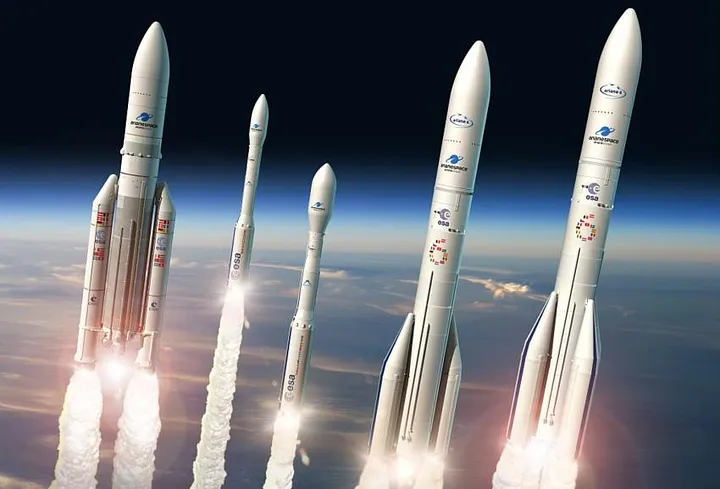The European New Space: Challenges and Opportunities
The space sector is undergoing a profound transformation, driven by the digital revolution and the emergence of new actors, technologies, and business models. This phenomenon, known as “New Space”, poses both challenges and opportunities for the European Union (EU), which has been a historical leader in space activities.
What is New Space?
New Space is a term that describes the changing dynamics of the space ecosystem, which is no longer dominated by nation states and public agencies, but increasingly influenced by private companies, entrepreneurs, and innovators. New Space actors use new methods such as increased use of private financing, faster production and decision-making cycles, and a rebalancing of priorities between the designer and client.
New Space also encompasses new technologies, such as reusable launchers, small satellites, constellations, on-orbit servicing, and space tourism, as well as new markets, such as broadband internet, Earth observation, navigation, and security. New Space is expected to create new value chains, new applications, and new benefits for society and the economy.
Who are the actors of the European New Space?
The European New Space landscape is composed of a variety of actors, ranging from established space agencies and industry players to emerging start-ups and entrepreneurs. The European Space Agency (ESA) and the EU are the main public actors, providing funding, regulation, and coordination for the European space policy and programs. ESA has been adapting to the New Space environment by launching initiatives such as the Future Launchers Preparatory Program (FLPP), the Space Rider reusable spaceplane, and the Boost! public-private partnership scheme. ESA also aims to foster a European spirit of space discovery by supporting human spaceflight, lunar exploration, and in-situ resource utilization.
The European space industry is also evolving, with traditional contractors such as Airbus, Thales, and ArianeGroup facing competition from new entrants such as Rocket Factory Augsburg, Isar Aerospace, and PLD Space, which are developing low-cost and reusable launchers. The European space sector also includes a growing number of start-ups and SMEs, such as Spire, Iceye, and Kinéis, which are offering innovative services and products based on small satellites, constellations, and IoT. These companies are tapping into new markets and applications for space services and data, such as space-based connectivity, space tourism, and asteroid mining. The European space sector also strives to contribute to the EU’s green and digital transitions by developing space-based solutions for climate change mitigation and adaptation, environmental monitoring, and secure communications.
What are the challenges and opportunities for the European New Space?
The European New Space faces several challenges, such as the global competition from the US and China, which have larger markets, more private investment, and more supportive policies for their space sectors. The European New Space also suffers from fragmentation, lack of coordination, and regulatory barriers among the EU member states, which hinder the development of a single market and a common strategic vision for space. Moreover, the European New Space has to cope with the increasing security threats and risks in the space domain, such as space debris, cyberattacks, and anti-satellite weapons .
However, the European New Space also has many opportunities, such as the potential to leverage the EU’s strengths in digital technologies, innovation, and environmental sustainability, as well as its values of democracy, human rights, and multilateralism. The European New Space can also benefit from the increased political and financial support from the EU, which has recognized the importance of space for its strategic autonomy, economic recovery, and green transition . The EU has adopted several initiatives, such as the European Space Strategy, the European Defence Fund, the European Green Deal, and the Digital Europe Program, which aim to foster the development and competitiveness of the European space sector and its contribution to the EU’s objectives and priorities.
Conclusion
The European New Space is a reality that cannot be ignored, as it represents a significant change in the way space activities are conducted and exploited. The European New Space offers both challenges and opportunities for the EU, which has to adapt its policies, programs, and governance to the new environment, while preserving its identity, values, and interests. The European New Space is not only a matter of technology and business, but also of politics and vision, as it reflects the EU’s role and ambition in the world.


Comments
Post a Comment